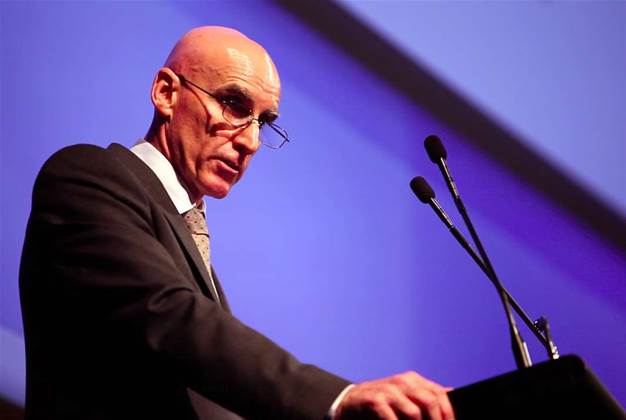The joint Parliamentary committee overseeing progress of the National Broadband Network has indicated it may call on New Zealand telco executives to present evidence in future hearings.

Committee chairman Rob Oakeshott confirmed at a public hearing in Canberra this week that arrangements are being made with members of Telecom NZ and potentially the New Zealand Government in order to compare the regulatory jurisdictions as well as competing models of fibre rollout methods - whether to a node, the premises or "other alternatives".
The conversations are hoped to settle an ongoing argument from shadow communications minister Malcolm Turnbull that a fibre-to-the-node rollout would cost a quarter or a third of the $27 billion headline currently set for government contributions to the NBN.
NBN Co CEO Mike Quigley contended in a public hearing today that an FTTN rollout would require installation of an "enormous number" of fibre-ready cabinets in order to get close enough to the premises to deliver the 12 to 100 Mbps speeds the NBN will offer under its current fibre-to-the-premises method.
A node-based rollout, which makes up part of Turnbull's current broadband policy should the coalition achieve government in 2013, would require significant cooperation from incumbent Telstra.
Quigley and other telco and legal experts have warned in the past week of the state of the copper infrastructure as well as the legal complexities involved in renegotiating a Government deal with Telstra.
"Australia is a little bit unique in terms of what plant has been deployed," Quigley said.
"The analysis we do that says if you want to provide reasonably high speeds, some of the techniques that allow you to get to 80 Mbps such as phantoming and vectoring and DSM, these are very very difficult to apply in Australia.
"You would need a huge number of cabinets to get anywhere with those speeds, whereas you can with fibre to the premises."
An FTTN model would also only reach 60 to 65 percent of Australian premises, as opposed to the 93 percent NBN Co plans to extend fibre coverage to, he said.
Turnbull and Quigley used a report by Analysis Mason released in September last year to support their respective claims.
Quigley offered a half-day session to take the committee, and Turnbull, through the analysis.
Turnbull challenged Quigley with examples of fibre rollouts in Germany, Britain and New Zealand, based on recent conversations with telecommunications executives and regulators in the respective countries.
A FTTN rollout is currently being undertaken as a stopgap to a full FTTP rollout in New Zealand by Telecom's wholesale division Chorus.
It covered the installation of 3600 roadside cabinets and 2500 kilometres of fibre optic cable to 500 towns in the country in order to provide speeds of greater than 10 Mbps.
The rollout, expected for completion by the end of the year, will later be extended to most premises under the New Zealand Government's Ultra Fast Broadband initiative.
Despite accusations the New Zealand comparison by Turnbull was a "gaffe", Oakeshott ultimately agreed with requests to arrange conversations between the committee and New Zealand telco executives in order to better understand the issue.
"It's a broader policy question and I think it's been resolved," he said.
Government weighs battery backup options
The public hearing also moved to the continuing issue of battery installation to back up the voice ports on the NBN network termination units at each premise.
Quigley revealed this week that the units - which are larger than the NTU itself - had been the biggest source of complaints from NBN trial users.
The batteries would only power the voice ports on the NTU and would only be useful for analogue phones and emergency services that traditionally sourced power from an active copper wire, and only for four hours in the event of a blackout.
The Federal Government is expected to publicly consult on the issue but has yet to issue a discussion paper.
Quigley told the committee that he would personally prefer an opt-out mechanism, allowing informed residents to choose for themselves.
Daryl Quinlivan, deputy secretary of infrastructure at the Department of Broadband, said the policy decision remained a "live issue".
He said the government was considering opt-in and opt-out options for premises but it was likely that the department would not mandate NBN Co to install the batteries at each of the approximately 12 million fibre-serving premises.
"The current presumption is that the initial battery will be supplied if requested under whichever of the models we end up by NBN Co but subsequent replacements would be done by the retail service provider," he said.


.png&h=140&w=231&c=1&s=0)

_(20).jpg&h=140&w=231&c=1&s=0)
_(22).jpg&h=140&w=231&c=1&s=0)



_(26).jpg&w=100&c=1&s=0)

 iTnews Executive Retreat - Security Leaders Edition
iTnews Executive Retreat - Security Leaders Edition












_(1).jpg&h=140&w=231&c=1&s=0)



